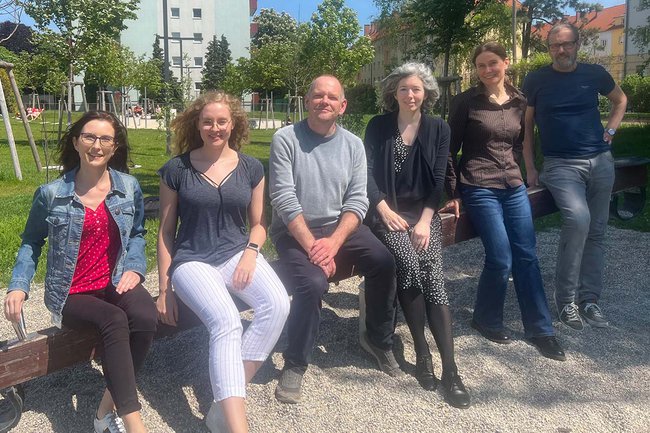How Can We Talk about Climate Change?
New Project at St. Pölten UAS Analyses Communication Strategies on Climate Change

The project Climate Media Frames of the St. Pölten UAS analyses public communication strategies on the topic of climate change. Together with the Institute of Rural History, concepts for a more successful communication of climate protection measures are to be developed.
Studies show that the way public information is communicated contributes significantly to whether challenges and problems are perceived as such or not. The more the framing of an initiative is in line with widespread opinions, the more likely it is to be supported by different groups in society. The new research project “Climate Media Frames” (CliMeF) carried out by the Insitute of Creative\Media/Technologies of the St. Pölten UAS examines which framing is used to discuss climate change publicly. The results will be made available to regional initiatives dealing with environmental topics in order to develop new communication strategies for climate-related measures.
“Wind energy and soybeans are valuable initiatives to overcome the challenges of climate change. The project CliMeF broadens the understanding of the complex interrelationships between media coverage, public opinion, and public acceptance of these initiatives”, says Franziska Bruckner, senior researcher and project manager at the Institute of Creative\Media/Technologies of the St. Pölten UAS.
More Acceptance for Climate Protection Measures
Using the example of two ecological innovations, the soybean as an alternative crop, and wind turbines as an alternative energy source, the research team analyses how these initiatives had been reframed and thus led to debates in Lower Austria. Climate Media Frames aims to better understand communication strategies and provide the foundation to make future measures on climate change more acceptable. Major information service providers such as the Austrian Broadcasting Corporation (ORF) and the Austrian Press Agency (APA) have been involved from the very beginning of the project and also expect the project results to provide new ideas for their daily work.
“The project combines the analysis of current debates and their media representation with historical perspectives, drawing upon a broad base of sources”, emphasises Jessica Richter of the Institute for Rural History.
Analysing Frames from Images and Films
For this purpose, methods from three disciplines (sociology, film studies, history) are used. Systematic qualitative film analyses and quantitative content analyses are carried out. The project works with print media, television formats, commercials, and industry films. By combining interdisciplinary methods, an innovative analytical tool will be developed to analyse the framing of climate initiatives in different media genres.
“A key objective of the project is thus to close a methodological gap and provide new input for research in the humanities and social sciences on climate communication and climate change”, says Astrid Ebner-Zarl, researcher at the Institute of Creative\Media/Technologies at the St. Pölten UAS.
- More information regarding the project "Climate Media Frames"

FH-Prof. Mag. Mag. Dr. Franziska Proksa
Senior ResearcherMedia Creation Research Group
Institute of Creative\Media/Technologies Department of Media and Digital Technologies